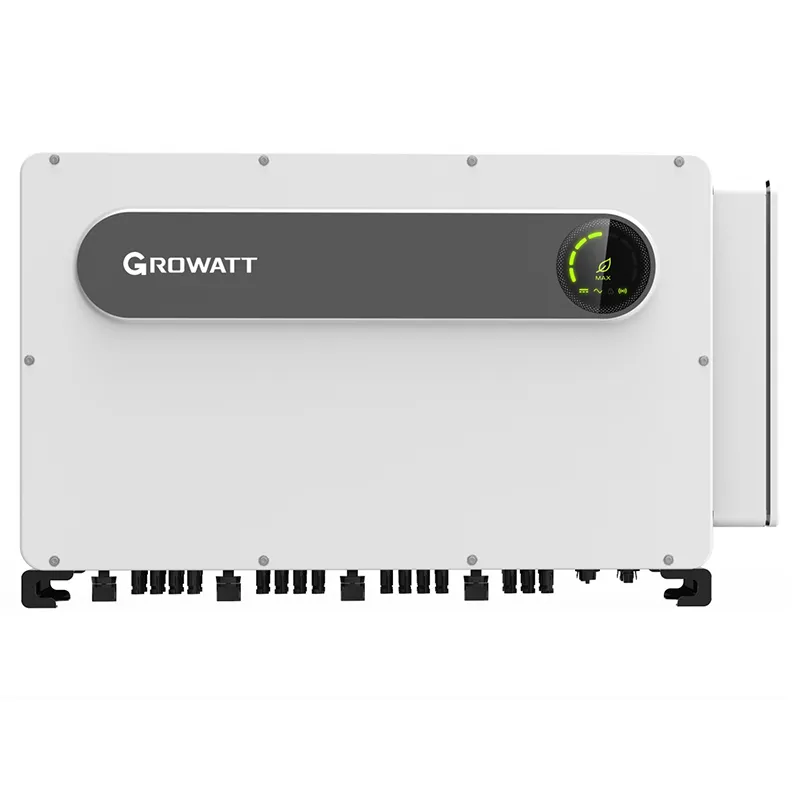360 watt solar panel size
Understanding the Size of a 360 Watt Solar Panel
In recent years, harnessing solar energy has gained significant popularity as a clean, renewable energy source. Among the various options available, 360 watt solar panels have become a popular choice for both residential and commercial applications. To fully understand the advantages of these panels, it's crucial to consider their size and how that influences their efficiency and practicality.
Dimensions of a 360 Watt Solar Panel
Typically, a 360 watt solar panel measures approximately 65 inches by 39 inches (about 1.65 meters by 1 meter). However, dimensions can vary somewhat depending on the manufacturer and the specific technology used. Most panels in this wattage range are made up of about 60 cells arranged in six rows of ten cells each. The larger surface area allows for more sunlight absorption, which directly correlates to higher energy production. The design and size facilitate the optimal performance needed for residential rooftops and ground-mounted solar arrays.
Efficiency and Performance
The efficiency of solar panels refers to the proportion of sunlight that can be converted into usable electricity. High-quality 360 watt panels generally have efficiencies ranging from 18% to over 22%. This efficiency is influenced by various factors, including the type of solar cells used, panel design, and environmental conditions. The size of the panel is significant because larger panels can accommodate more solar cells, thus increasing the total energy yield.
Installation Considerations
360 watt solar panel size

When planning to install 360 watt solar panels, the size is a critical factor to consider. Larger panels require enough roof space or ground area to install them properly. Homeowners should evaluate their property for available area, ensuring that the location receives ample sunlight throughout the day without overshadowing from trees or adjacent buildings.
For most residential installations, optimizing the tilt and orientation of the panels can significantly enhance performance. The typical installation angle is between 30 to 40 degrees to capture the maximum amount of direct sunlight. Flat roofs may require additional mounting structures to achieve this angle.
Cost-Effectiveness
The size and watt capacity of a solar panel directly influence its cost-effectiveness. While 360 watt panels typically come at a higher upfront cost compared to lower-wattage panels, their ability to produce more energy makes them a more economical choice over time. Homeowners can offset their initial investments through energy savings on their electricity bills, and many also benefit from federal and state incentives.
Conclusion
In conclusion, the size of a 360 watt solar panel plays a crucial role in determining its efficiency and suitability for various applications. With their relatively large dimensions, these panels can capture more sunlight, thereby generating higher energy outputs. However, potential purchasers must consider installation logistics and their specific energy needs to ensure an optimal setup.
As technology advances, solar panels continue to become increasingly efficient and cost-effective. For anyone considering going solar, 360 watt panels represent a viable option that balances size, power output, and efficiency. Embracing solar energy not only contributes to reducing one's carbon footprint but also leads to long-term financial savings.
-
Navigating Off Grid Solar Inverter: From Use Cases to Trusted PartnersNewsAug.05,2025
-
Solar Edge String Inverter: A Wholesaler’s Guide to Inverter Technology SelectionNewsAug.05,2025
-
Microinverters: Revolutionizing Solar Energy UseNewsAug.05,2025
-
Future of Monocrystalline Solar Panel Efficiency: Latest Technological AdvancesNewsAug.05,2025
-
Solar Panels for House: A Complete Guide to Residential Solar EnergyNewsAug.05,2025
-
Panel Bifacial Performance in Snow and Low-Light ConditionsNewsAug.05,2025







